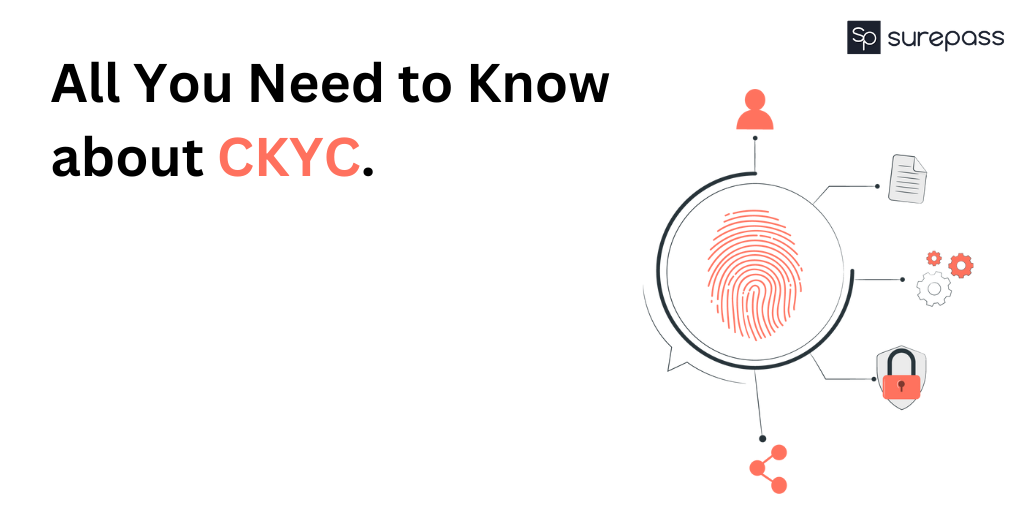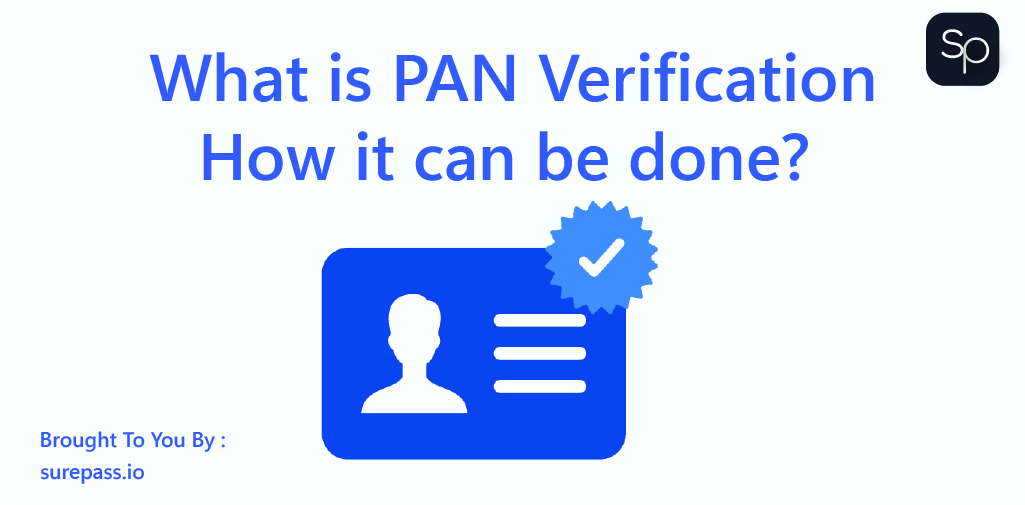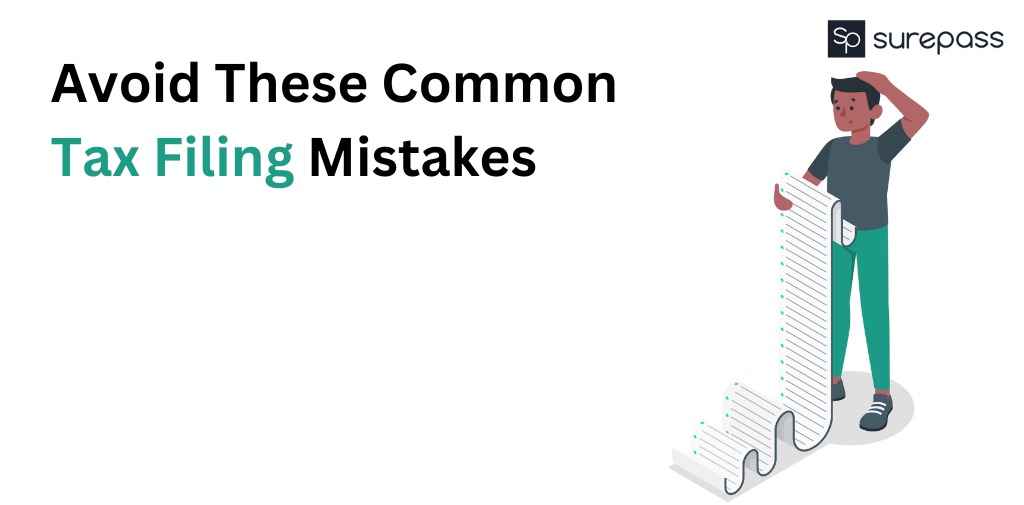CKYC
Central KYC, or “Know Your Customer,” is a government of India effort. The objective of this endeavor is to provide a framework that permits investors to finish their KYC just once prior to engaging with diverse organizations within the financial industry. The Central Registry of Securitization Asset Reconstruction and Security Interest of India, or CERSAI, will oversee CKYC. The Government of India has granted CERSAI permission to serve as the Central KYC Registry (CKYCR). Reducing the effort of generating KYC papers and having them validated each time an investor transacts with a financial organization for the first time is the aim of the CKYCR.
As a result, with consistent KYC standards and interoperability of the KYC data throughout the industry, CKYCR will serve as a centralized repository of investor KYC records in the financial sector.
What is CKYC?
Central Know Your Customer or CKYC in short is an Indian government programme. Standardizing the Know Your Customer (KYC) procedure for all financial organizations is its primary goal. The CKYC Registry is managed by CERSAI, or the Central Registry of Securitization and Asset Reconstruction.
CKYCR aims to do away with redundant KYC compliance and lessen the workload associated with producing KYC documents. It acts as a single location for all of a customer’s personal data.
The CKYC directive was released by the Indian Finance Ministry in the Union Budget for 2012–13. It started operating again in July 2016.
Before CKYC, obtaining any financial service was difficult. The requirements of the banking organization required a deluge of documentation. It took time and work to complete this. Stated differently, opening an account with a new financial institution requires going through the same documentation process once more.
Customers no longer need papers because of CKYC. The information is kept in one place. Authorized financial organizations can also access this data. This ease is advantageous to both banking organizations and their customers.
CKYC Means
CKYC is an effective instrument for guaranteeing compliance because of its many characteristics.
- KYC Identification Numbers (KINs) are unique identifiers linked to each customer’s KYC data.
- The information is meticulously preserved digitally in a single location.
- By simply entering the CKYC identification and authentication to gain access to the papers, financial institutions (FIs) may receive KYC information in bulk.
- The pertinent organizations are notified when a customer’s KYC records are updated.
- Clients might choose to link their KYC to more than one communication address.
Central KYC Importance
CKYC, a one-time procedure, has several advantages. Time savings, simplicity of use, and universal accessibility are all there.
- Simple process: Just a few simple steps are needed to register for an account for everyone. Obtaining investment data for their clients is easier for the investing authorities.
- Advantages for Financial Organisations: The expense of doing KYC is borne by all FIs. Once a centralized database of validated KYC is established, a customer’s KYC may be completed by a single FI. If necessary, the others will have access to that information. This reduces the total KYC expenses in the BFSI sector. FIs can also direct their scarce resources away from KYC verification and towards other areas of their businesses.
- Makes KYC easier: CKYC simplifies KYC by removing the need for customers to carry their KYC documentation with them anytime they wish to utilize any financial services.
- Reduced time and effort required for KYC verification: Once an individual registers with CKYC, they are spared from having to go through the entire documentation process once more. Similarly, doing individual KYC checks doesn’t need to take FIs hours. CKYC shortens the turnaround time as a result.
- Helps identify instances of money laundering and fraud: Through the standardization of the identification procedure, CKYC protects the banks against illicit activities such as money laundering.
Automate your KYC Process & reduce Fraud!
We have helped 1000+ companies in reducing their user onboarding TAT by 95%
CKYC Form
The documents required for th CKYC form are:
- a) Completed and signed KRA application including Supplementary KYC form OR duly completed and signed CKYC application
- b) One self-attested copy proof of identity; c) One self-attested copy proof of address
- d) A single picture
You may provide any document—PAN, passport, voter ID, driver’s license, Aadhaar card, NREGA work card, or any other document issued by the federal government—as evidence of identification.
You can use the same documents that you provided for identification verification to prove your address, with the exception of the PAN, which does not identify an address. You must provide documentation for both addresses if your correspondence address and permanent address differ.
The applicant must need the self-attestation of copies of all submitted papers, with the originals being included for confirmation. If a document’s original is not provided for verification, the copies must be properly verified by organizations accredited to certify papers.
CERSAI KYC
Under the PMLA (Prevention of Money-Laundering) rules of 2005, the Central Registry of Securitization Asset Reconstruction and Security Interest (CERSAI) is an online central registry for security interests that has been authorized by the Indian government to function as the Central KYC Records Registry. This includes receiving, storing, protecting, and retrieving the KYC records in digital form for a client.
Although completing a CKYC registration is a simple procedure, there are a few steps that you must do. First things first, you need to gather the required KYC paperwork, such evidence of address and identification. The Central KYC Registrars Agency’s (CRA) official website has a list of papers that are acceptable for this purpose.
Within 15 days of submission, CRA will validate them together with your PAN number, cell phone number, and email address. Your CKYC application number is produced and given via email or SMS following a successful verification process. When making investments or creating accounts with various businesses, this special identification number needs to be disclosed.
The final stage is biometric authentication, which necessitates your in-person presence at a CRA center for validation. Your CKYC registration is finished after authentication is successful.
CKYC Number Check
Go to the Central Depository Services Limited (CDSL) website to find out your CKYC number. Your Permanent Account Number (PAN) has to be entered on the website. Following your submission of this data, CDSL will show your CKYC number on the screen.
Additionally, you ought to get an email from CDSL verifying your personal information and offering a download link for your e-KYC form, which includes your CKYC number. To find out your CKYC number, you may also get in touch with the mutual fund registrar or depository participant that you created an account with.
Conclusion
In India, CKYC is a useful and significant tool for controlling financial activities. It makes it easier to confirm clients’ identities and keeps track of and updates their information, which lowers the number of fraud and money laundering incidents. Therefore, firms may improve their customer experience, compliance, and transparency by putting into practice and adhering to CKYC rules.
Organizations may guarantee that their services are safe, dependable, and comply with laws by adhering to these criteria.







Sanidhya Arora
Sanidhya is a dynamic individual with a passion for Marketing/Branding. With 1.8 years of experience, He has demonstrated expertise in SEO and social media handling. He is known for dedication towards his work, and his dedication and commitment have led to successful outcomes. A lifelong learner, he continues to expand his knowledge and skills to stay at the forefront of Marketing industry. Sanidhya is driven by a strong desire to make a positive impact.
More posts by Sanidhya Arora